Key elements of landscape photography featuring Irix Edge filters
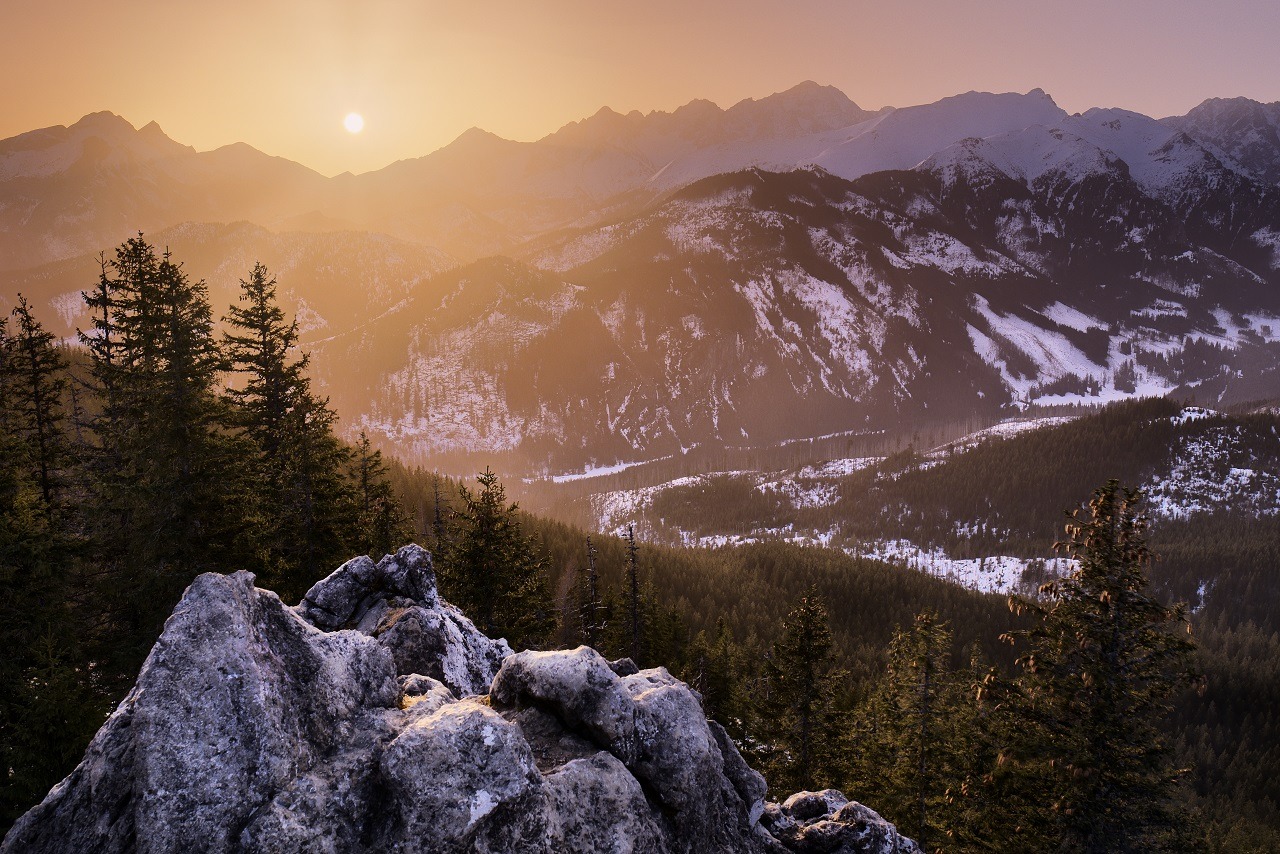
Sample image by Piotr Tomala
Do you ever get out of the house just to be outdoors? It’s always nice to breathe the fresh air, especially now, with the current worldwide events. Being outdoors or going further afield with your camera can be an extremely pleasant break from everyday life problems.
To make sure that such a trip will bring us only pleasant memories, we should equip ourselves well – especially now, when spring will soon come, and with it, the flora will bloom. So let’s break down landscape photography into its key elements: sensitivity (ISO), aperture, focal length, and time. To be able to enjoy the full dynamic range and low noise we should always have with us the true friend of each photographer: a tripod.
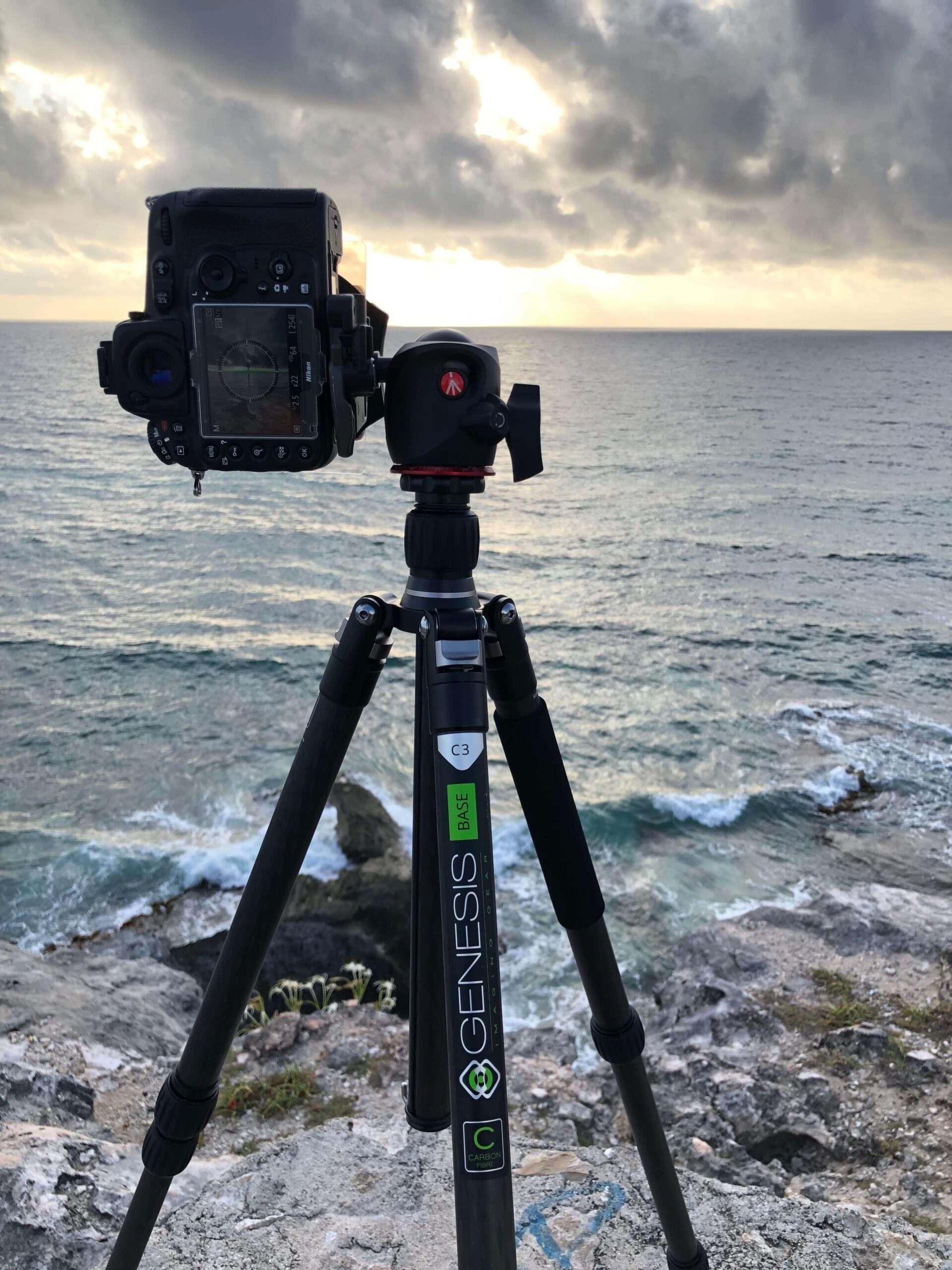
Sample image by Ambassador Riccardo Mantero
It must be stable, durable and as light as possible (like carbon fibre tripods). With the use of a tripod, we’ll be able to use the lowest ISO value which is crucial in landscape photography to achieve sharp, clean-looking photographs. The aperture parameter is also important because it directly influences what’s happening in the frame – what’ll be sharp and crisp and what remains hidden in the beautiful bokeh. In the landscape, we would like to use apertures from f/5.6 to f/11 mostly to achieve a sharp image on the entire frame.
Now, let’s take a closer look at the focal length used in landscape photography. Well, there are no unambiguous answers but most commonly used lenses have extreme focal lengths to achieve an attractive look in your photographs.
The focal length of the lens directly determines the perspective with which we will have to work: with ultra-wide-angle lenses, you’ll be able to achieve a stunning perspective when the telephoto lenses offer a more compressed, flattering look. So there is no universal answer as to which is “better” – our choice determines our work and the effect we want to achieve.
So, we’ve achieved the final parameter: time.
For us is time is linear. It flows and we can do nothing about it.
But time is subjective for the camera. We can shorten the shutter speed to freeze the movement or extend it to create a dreamy motion blur effect.
Let’s start with the neutral density filters. High-end neutral density filters are made of optical glass, covered by multi-layer, anti-reflective coatings.
This is what Irix Edge filters do!
In landscape photography, a polarizing filter is undoubtedly useful, but what will make your images amazing are square filters like Irix Edge 100mm System.
Irix Ambassador Riccardo Mantero
User experience
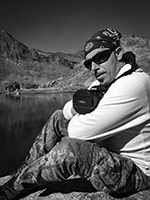
|
I’m using Irix Edge filters since I received them. In the beginning, I was sceptic, since that day I was a user of B+W Schneider Filters, which, in my opinion, are a high performer in the filter field. Once I tried the edge filters (ND32000, ND1000, CPL and the slides) I fell in love and I never changed. them. They are clear, they don’t add any kind of artefacts, (like fringing or chromatic aberrations on the edges of the photo), they are well-built and solid. Overall, they are exactly what I expect from a filter: the freedom to use it, without compromises in the quality of my shots (and you know, the quality and the sharpness for me, are everything). |
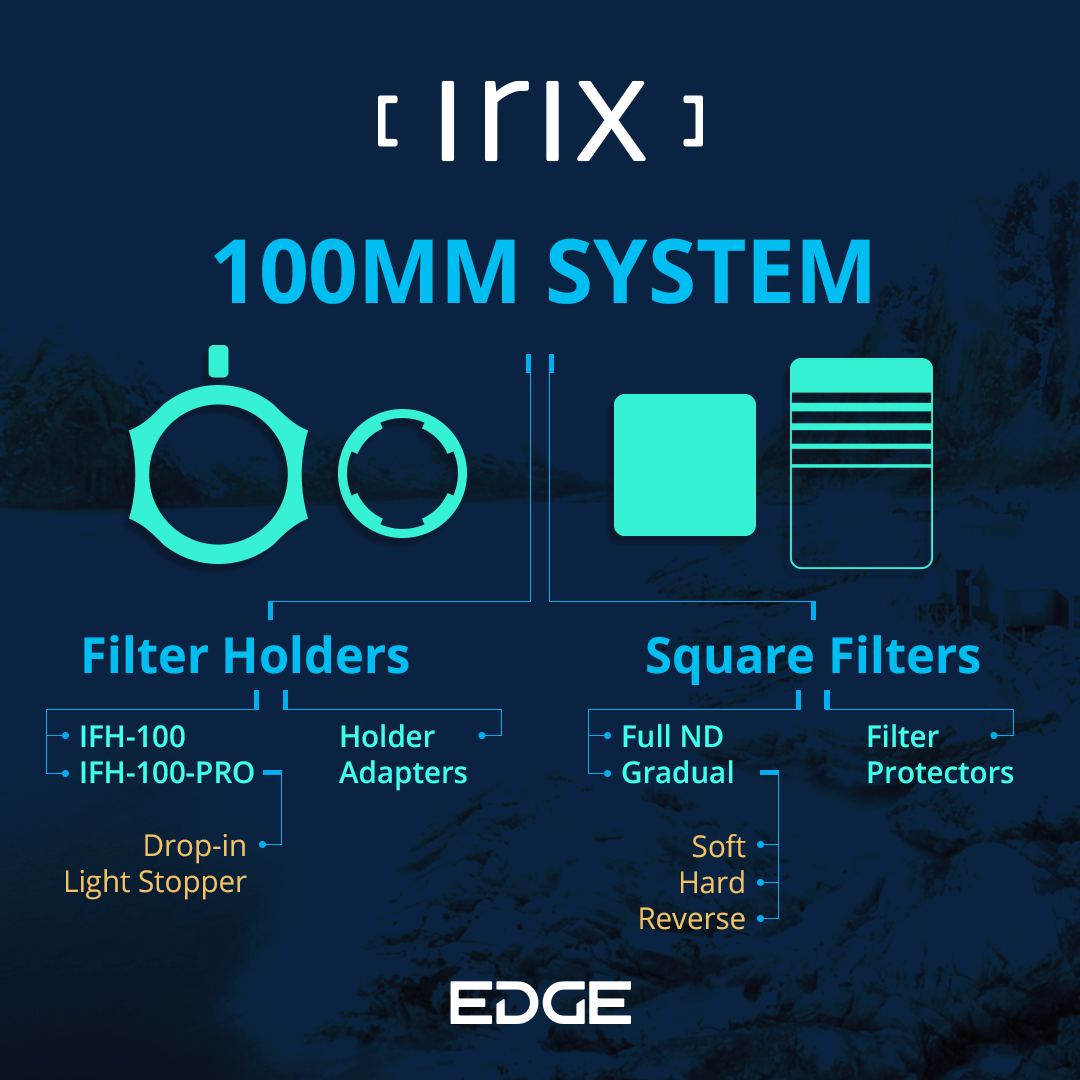
Why would you like to use the gradual filters? Because they’re irreplaceable in those situations where we want to unify the exposure between highlights and shadows. When using gradual filters you can “cover” the overexposure part of the image with the dark part of the filter at the same time the dark part of the image (usually at the bottom) stays untouched. Thanks to this trick you can get a stunning looking picture just with one press of the button.
Types of the Gradual Filters
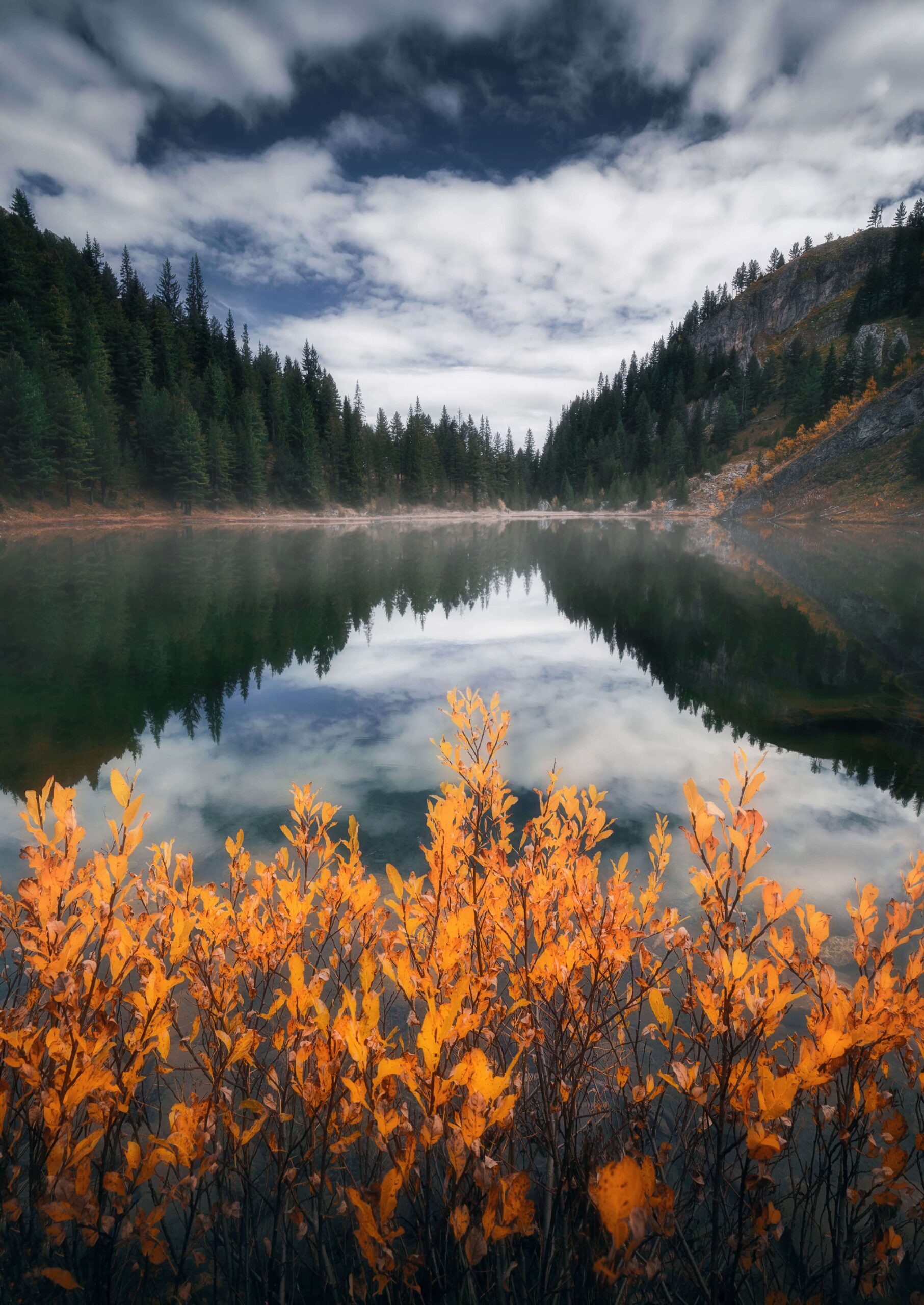
Sample image by Ambassador Bleron Caka
The Irix Edge Soft Gradual Filter is a filter where the gradient is extended – there is a long transition between full transparency and maximum density (about one-third of the filter height).
The darkest part of the filters should cover the sky when the gradient part covers the irregular horizon line such as wooded areas and mountainous regions, as well as urban scenes.
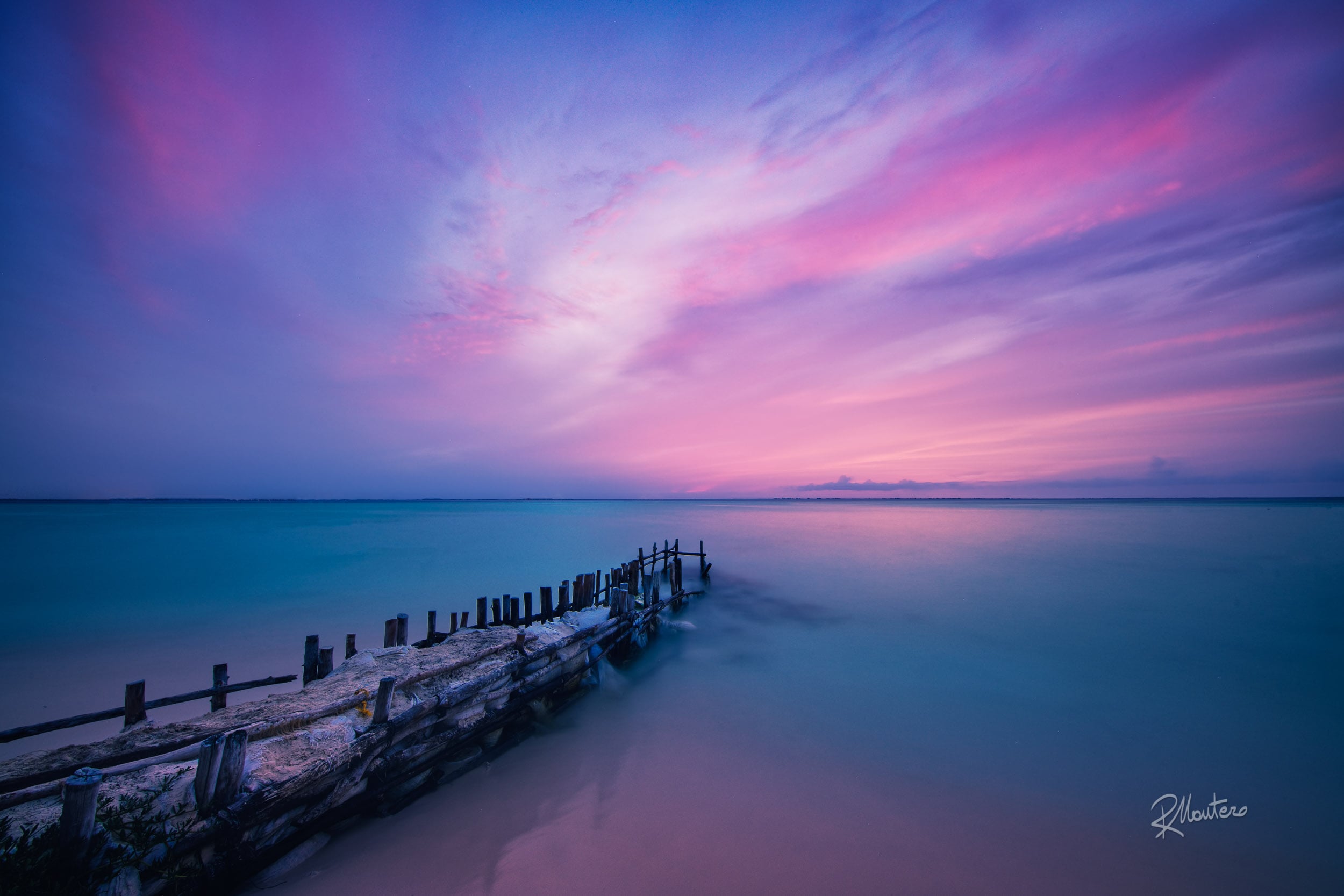
Sample image by Ambassador Riccardo Mantero
The Irix Edge Hard Gradual Filter is a filter whose transition between full transparency and the dark area is narrow. This type of filter works well for scenes with a flat, regular horizon like for example by the sea or across a flat plane.
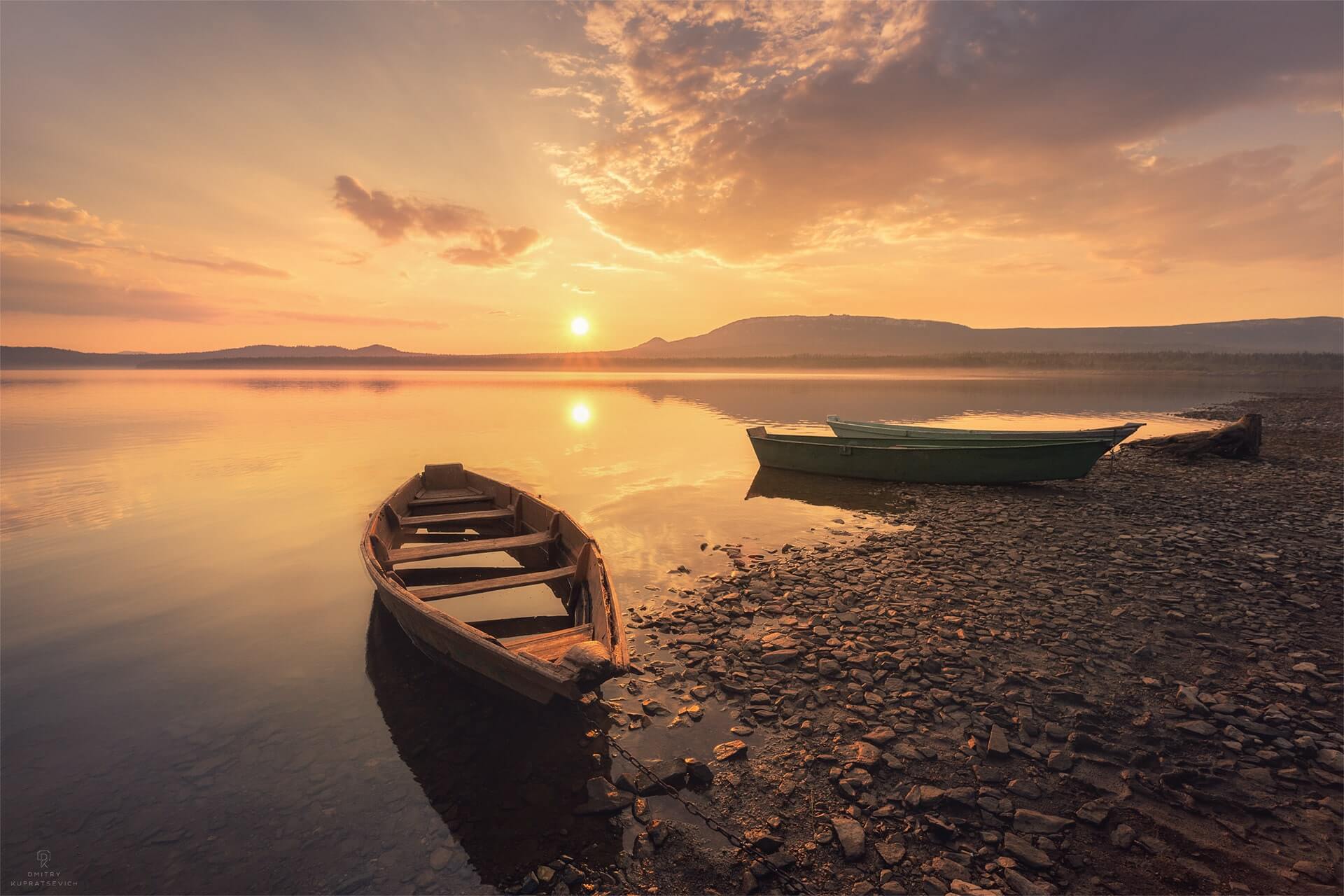
Sample image by Ambassador Dimitri Bourriau
The Irix Edge Reverse Gradual Filter is dedicated to sunrise and sunset photography.
Probably every one of us tried to capture a beautiful view of the sun emerging from the horizon, and then encountering one problem: either the frame was visible, the sun above the horizon has turned into a white spot, or we’ve managed to capture the sun with a beautiful façade of pastel colours on a black surrounding. This filter allows you to capture astonishing images in those situations – it’s half-transparent, turning to full density (hard gradual), and then gradually reducing the density (soft gradual). Such a design ensures that we are covering the narrow spectrum of the frame within the horizon line, thus giving the possibility of a correct exposure of the photograph.

Sample image by Ambassador Riccardo Mantero
The Irix Edge Full-ND 100×100 is a full grey filter in which the entire surface is responsible for the reduction of light. It’s useful whenever a slower shutter speed is needed (f.e. to achieve a motion blur).
Irix Edge Filter Holders
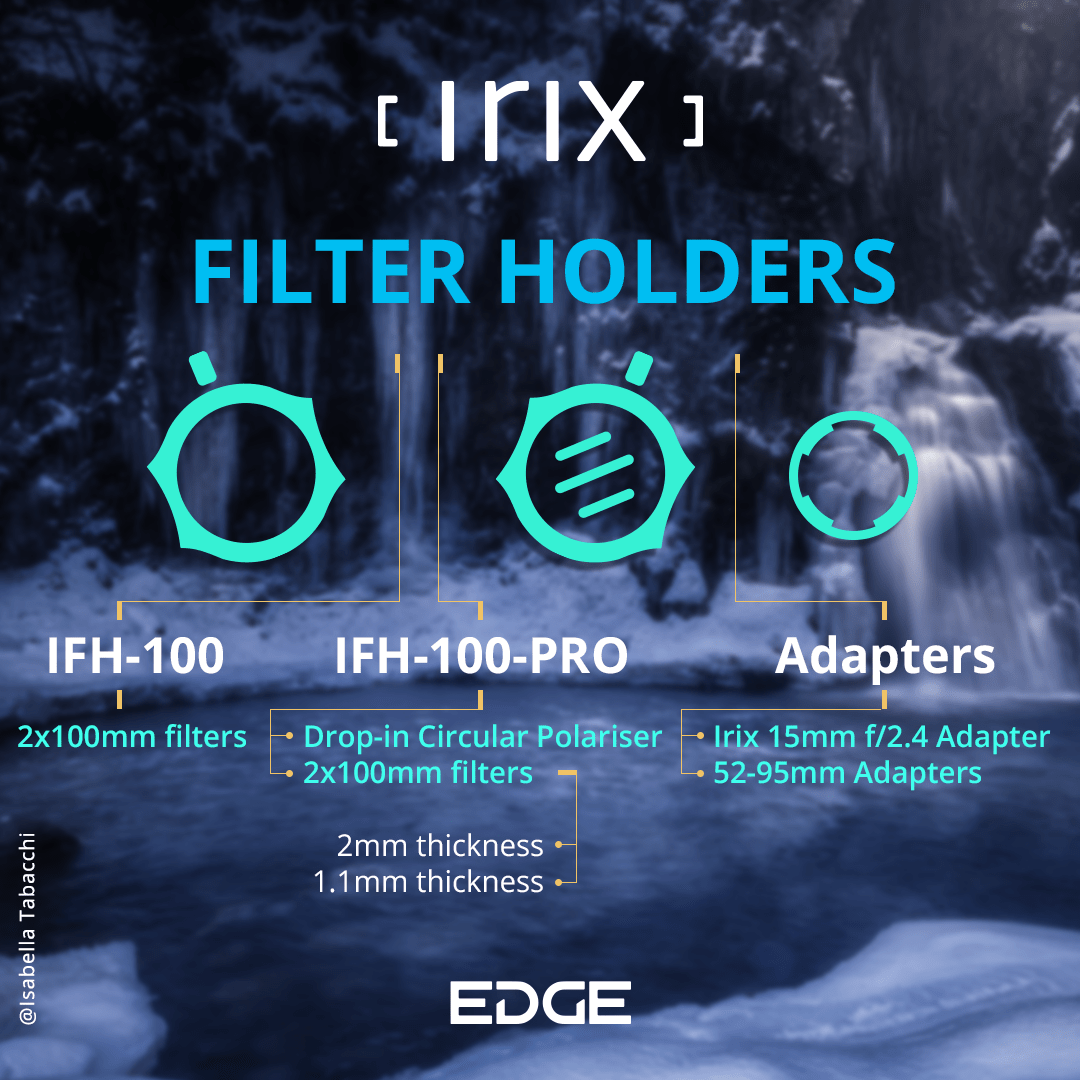
To use square filters you’ll need a filter holder. Irix Edge offers two types of holders – the Irix Edge IFH-100 which allows you to place up to two square filters, and the Irix Edge IFH-100-PRO which allows you to use two 100mm square filters (2mm and 1.1mm wide with interchangeable spacers) along with a circular polarizer filter.
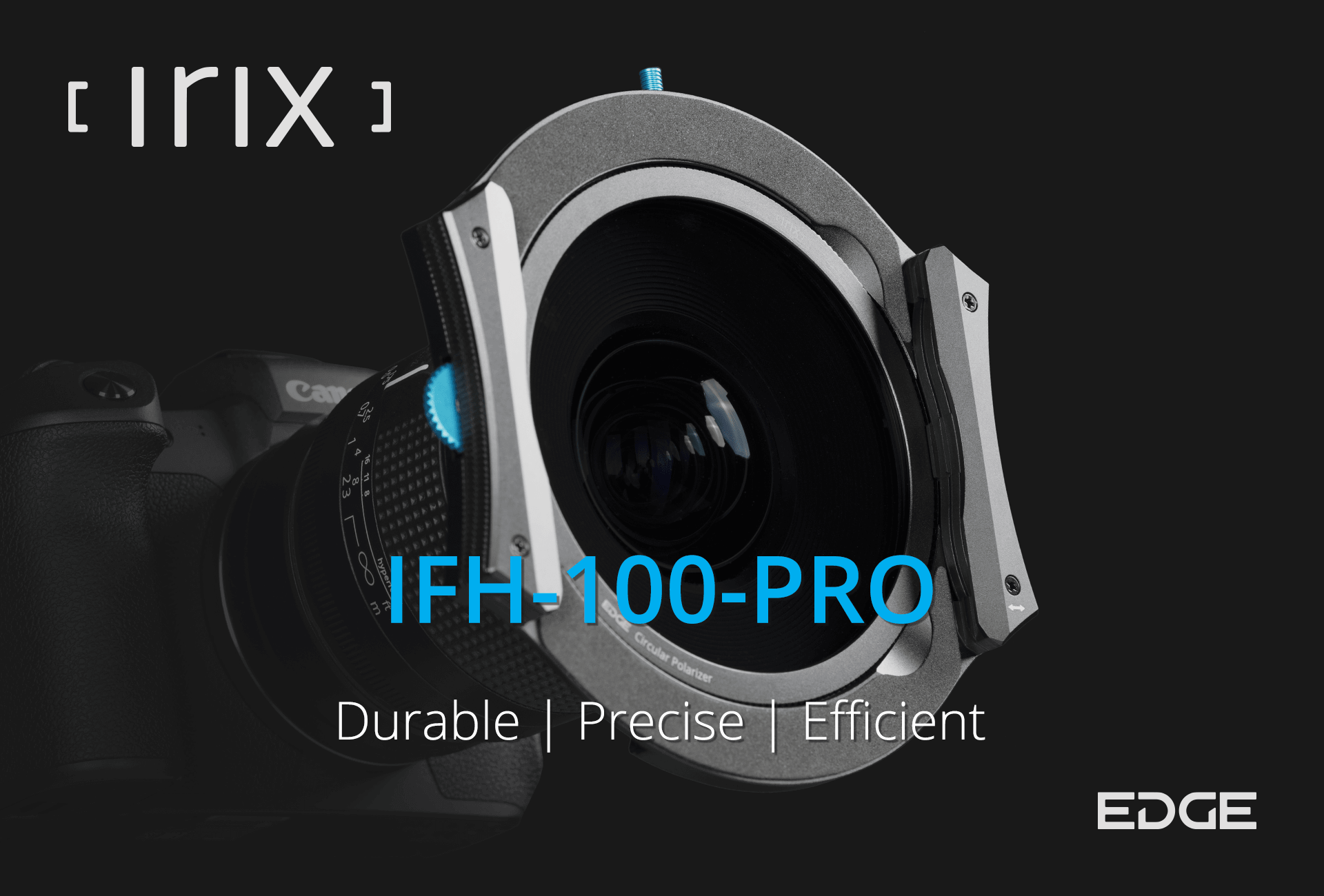
The multitude of useful accessories that comes in handy when needed at the moment when we want to capture this beautiful moment is vast, so we can pick the right equipment for your next adventure.
It all depends on you.
Are you up to the next challenge?
Discover | Explore | Create
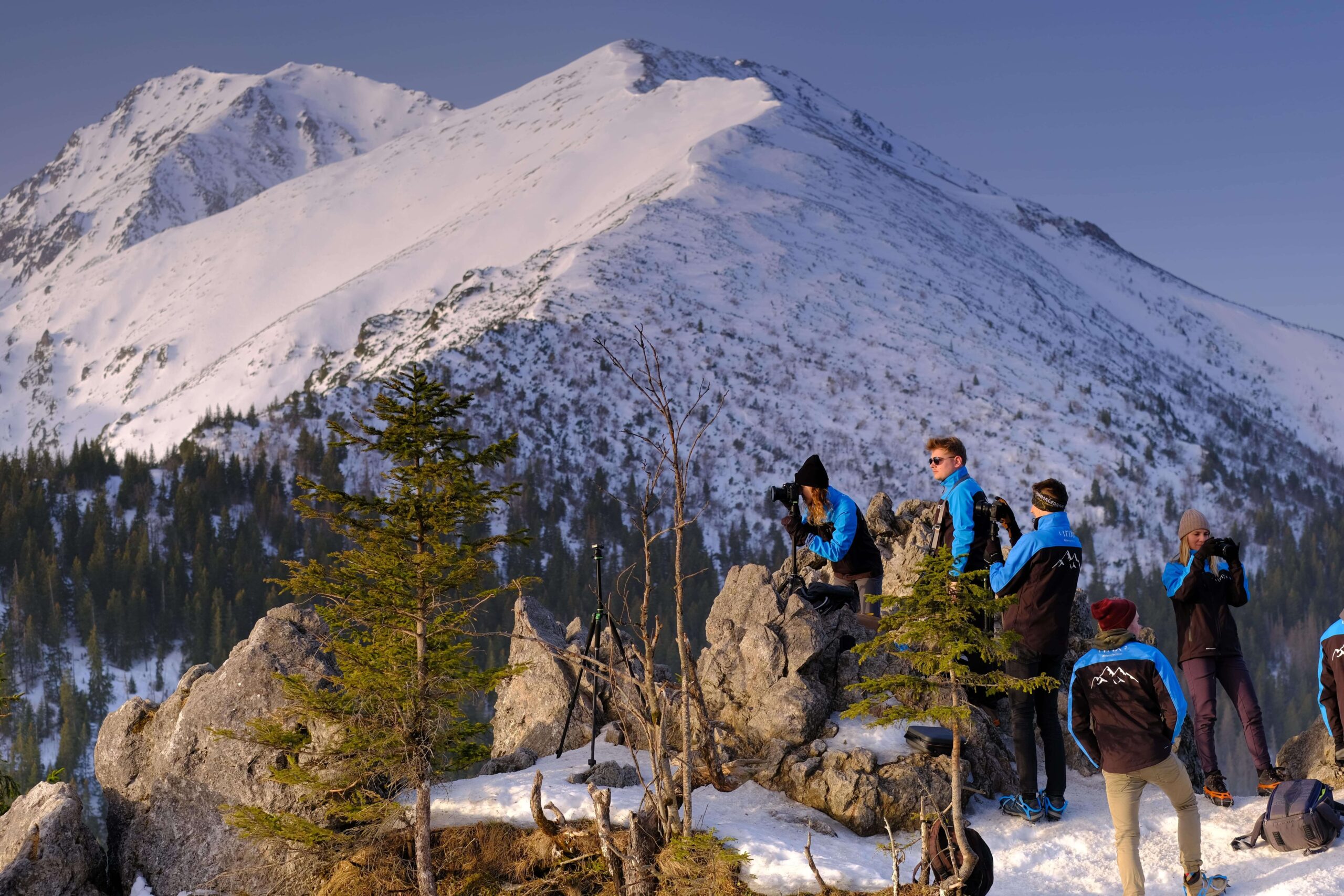
Sample image by Irix Team
Find Riccardo Mantero on:
WWW: https://riccardomantero.com/

